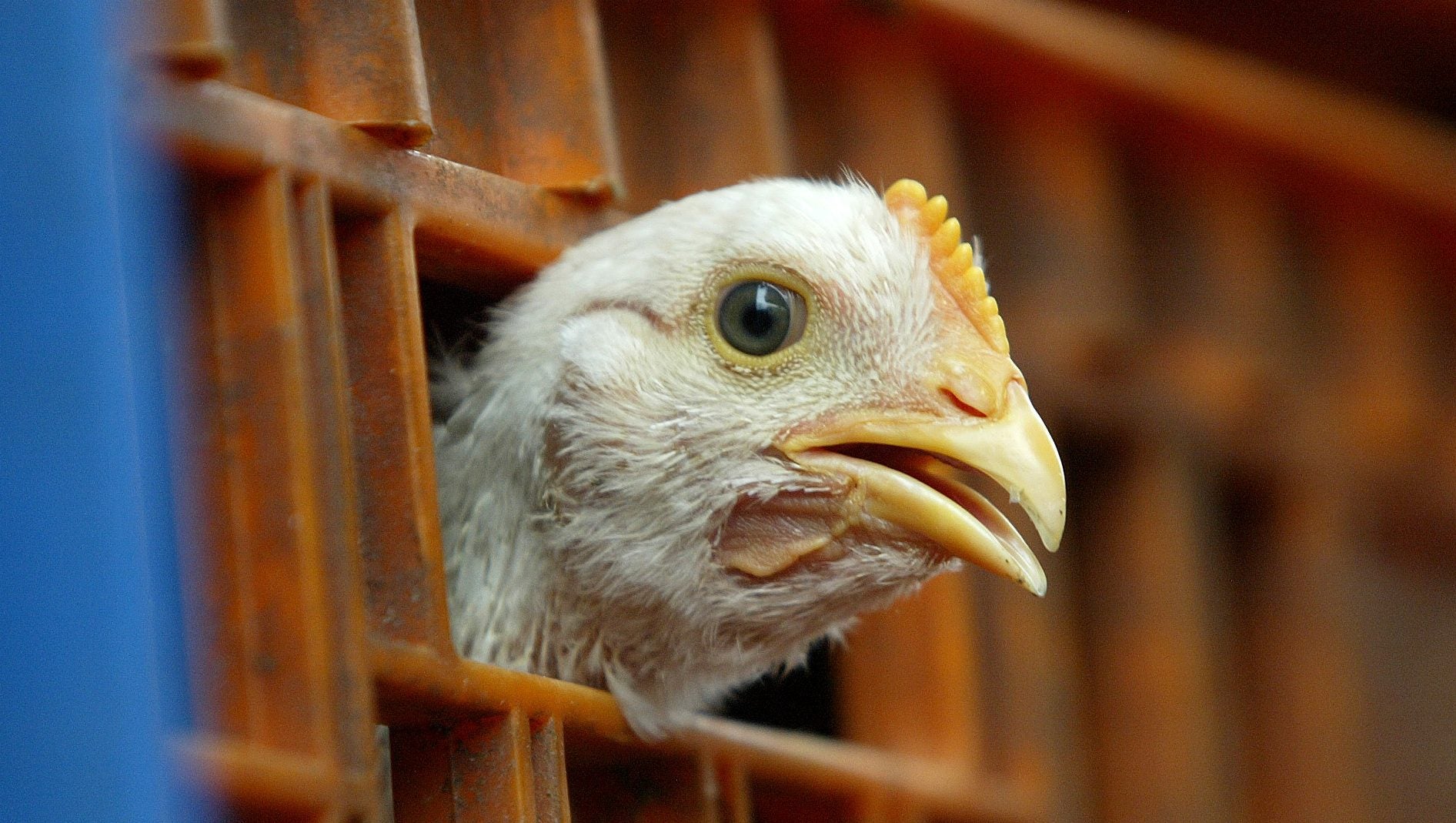Will post-Brexit UK swallow America’s “chlorinated chicken” for a trade deal?
The US is the second-largest exporter of poultry meat in the world (following only Brazil) but Europe has long banned its chicken from import, thanks to the American practice of bathing chicken carcasses in chlorine.


The US is the second-largest exporter of poultry meat in the world (following only Brazil) but Europe has long banned its chicken from import, thanks to the American practice of bathing chicken carcasses in chlorine.
But as the UK prepares to leave the European Union in March 2019, free-trade groups and advocates, including the UK’s international trade secretary Liam Fox, are urging reconsideration of that policy in a post-Brexit Britain, where they say a new UK-US poultry deal could mean lower-cost chicken meat for Brits.
Why is chlorinated chicken banned in the UK?
The short answer: It’s mostly not about the chlorine itself. The US Department of Agriculture (USDA) have approved chlorine baths as safe, and the European Food Safety Authority also concluded that “chemical substances in poultry are unlikely to pose an immediate or acute health risk for consumers.”
Rather, European health authorities (and, it seems, even Vladimir Putin) fear that allowing producers to dip their chickens in chlorine gives them a free pass to engage in unhygienic chicken farming before the slaughter.
According to a report by the US Congressional Research Service, the EU “generally opposes such chemical interventions and believes that stronger sanitary practices during production and processing are more appropriate for pathogen control than what it views as US overreliance” on chlorine and related antimicrobial baths.
In Europe, farmers take a “farm-to-fork” approach to preventing contamination by pathogens like salmonella. There, poultry may only be washed in cold water or cold air, and most of the burden of keeping the animals free of contamination is borne by pricey pre-slaughter farming practices designed to limit bacterial infection. That makes poultry production more expensive than it is in the US—one possible reason British chicken farmers have been vocal about the UK staying out of the cheaper American chicken market. The British Poultry Council, the industry body, told the Guardian it “rejects the notion of importing chlorine-washed chickens as part of…trade negotiations with the US.”
In the US, where large farms often confine birds in tightly-packed spaces, some advocates worry fecal contamination is hard to prevent. Fecal matter containing salmonella bacteria can get on the meat itself during the slaughter process, and live chickens can become infected by contact with fecal matter, including by eating rat droppings. Chicken eggs can be infected too, if they are laid by a hen who already has the bacteria.
Despite the American chlorine baths, salmonella remains a massive problem in the US supply chain.A 2014 Consumer Reports investigation found fecal-borne contaminants, including salmonella, in over half of the samples. And in 2016, the USDA said it had found salmonella on a quarter of all cut-up chicken parts on their way to US supermarkets.
Does chlorinating chicken work?
Eliminating salmonella completely from contaminated meat seems to be virtually impossible, though a chlorine bath appears to do a slightly better job than the plain-water alternative. One World Health Organization investigation from 2001 found that 58% of infected chicken still had salmonella after a chlorine bath, versus 72% of samples dunked in a chilled-water bath. (Though the study is old, the findings still hold, as it was designed to test the salmonella-washing methods in a vacuum, and didn’t take into account farming practices. In other words, farming practices could lead to more or less salmonella contamination, but either way, the chlorine bath will reduce that contamination better than water bath.)
While other contaminants like E. Coli are also a concern, the US’s salmonella problem has been particularly hard to control. The USDA doesn’t treat salmonella as an “adulterant,” meaning unlike E. Coli, salmonella contamination won’t trigger a recall. The USDA began routinely testing chicken for salmonella in February 2016, and finally set a “maximum acceptable” rate of contamination at 15.4%.
The question remains whether that be good enough for the UK.